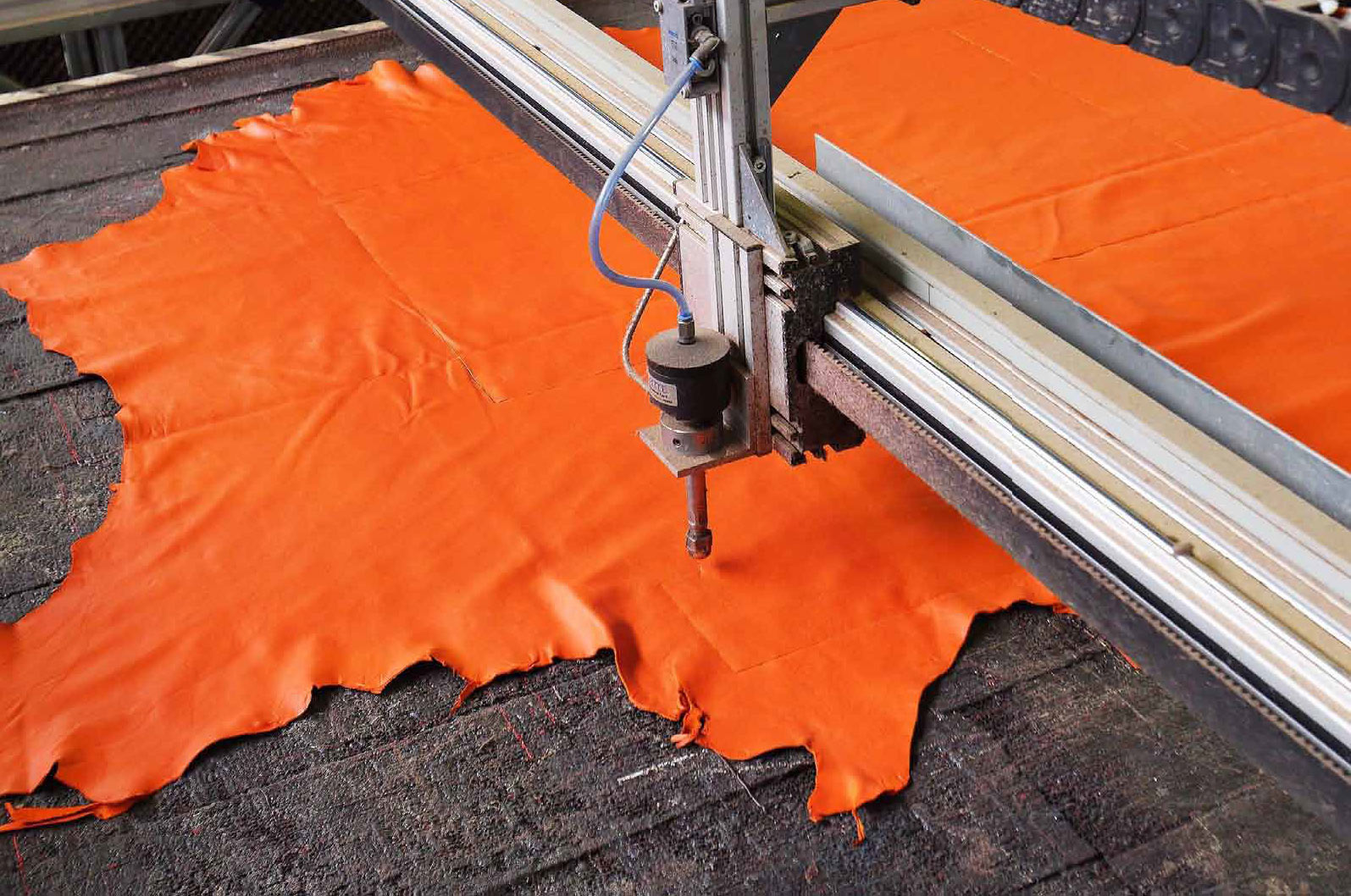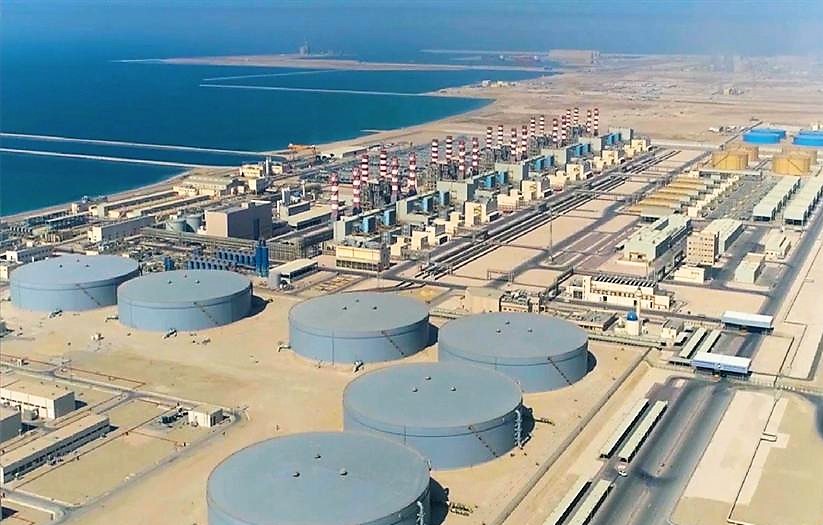
Durban based Grafton Everest was formed in 1953 when two South African furniture brands – Grafton Art Furnishers and Everest Upholsterers merged. That means that Grafton Everest is celebrating its diamond jubilee this year, and it is definitely not failing to make the most of its opportunity.
There is a lot to celebrate. Make no mistake, the market for luxury furniture has been in decline lately, not just in South Africa but world wide. “It has been tough, and it is getting tougher,” says Marketing Executive Jeff Fivelman. “We have a lot of competition from China, and our consumers are as much affected by the global recession as anywhere else in the world.” But Grafton Everest has countered the negative trends by stepping up its core qualities of design and quality manufacture, together with its understanding of the needs of its customer base, to maintain sales volumes and keep its 600-strong workforce busy.
Grafton Everest belongs to the Bravo Group, South Africa’s largest bedding and furniture manufacturer and supplier with eight factories and household names like Slumberland, Sealy, the distribution company Global Sourcing and fellow furniture brands Alpine Lounge and Gommagomma. However Grafton Everest is probably the best known of all the sofa or lounge suite brands in the country, says Fivelman. Having recently restructured its retail showroom in Durban, this jubilee year is a good time to be drawing attention to the products.
The way is being prepared with an event that would have taken place anyway, the annual trade show at its Johannesburg showroom. It’s a bit like the unveiling of a new collection by a Paris fashion house. In the third week of February Grafton Everest together with its sister company Alpine Lounge welcomed dealers from across southern Africa to preview their 2013 ranges. “We put a lot of effort into the show,” he says. “And in the diamond jubilee year we are also putting a lot of effort into the special promotions we have planned through to the end of July.”
The most striking of these is entirely appropriate for a company celebrating its 60th birthday in a country built on its diamond mines. “We are giving away diamond jewellery to the tune of about 160,000 Rand, or nearly $20,000, to customers. Anyone purchasing one of our lounge suites will be entered into a draw to win some fantastic diamond jewellery.” It’s a supercampaign, publicised across the retail trade, in women’s and household magazines as well as on TV – everywhere that will reach the loyal Grafton Everest customer base in fact.
If that doesn’t catch their attention maybe nothing will, but there are plenty of other advertising initiatives going on to make sure the company’s market share doesn’t slip in these difficult times. “We are finding that the best way to stimulate sales is with promotion and more advertising: it costs money but it’s worth it.” But these customers are discerning. The promotions have to be backed up with innovation, so at a time when some brands are retrenching Grafton Everest customers will notice a lot of exciting new product designs, fresh colours and fabrics, and value added through technology. “We are very much in a fashion industry,” he admits. In better market conditions manufacturers can perhaps be satisfied with static ranges but when times are hard the winners will be the ones who can really catch the eye of the consumer.
Grafton Everest’s export market died about ten years ago when the Rand became a stronger international currency. In recent years the challenge has come from the east. Gone are the days when Chinese furniture was either entry-level or, frankly, poor quality. But recently the Rand has weakened against the dollar, bringing down the gap between home made and imported furniture. Customers are again willing to pay a little more to access the satisfaction of owning a South African product backed by strong and dependable warranties.
And the younger, upwardly mobile customers whose lives are ‘connected’ can find Grafton Everest on Twitter or Facebook. “Social Media are on the up here,” he says. “And as well as in the magazines, we are doing regular advertising on TV and radio.” TV being an expensive medium, Grafton Everest ads tend to be short, frequent, short-term campaigns put out in off-peak time.
Radio is a new departure. A 30-second plug highlight’s Grafton Everest’s recent move from its former premises in central Durban to a new 1,200 square metre showroom in Umhlanga, a pleasant beachside suburb only 15 minutes away by car but a lot more accessible and with much better car parking. Here customers can browse 40 different lounge settings with trained consultants to hand, something they could never do at a dealership, so the dealers send their customers to Umhlanga to make their choice before placing an order. It so happens that the building is shared with East Coast Radio, ‘Durban’s No 1’ so Fivelman and his team decided this would be a great way to tell people the move had happened.
The growth of the middle class in South Africa has been exponential. Trusted brands have benefited accordingly – BMW or Audi for the car, and Grafton Everest for the furniture! The older traditional designs incorporating ‘show wood’ are still popular among older buyers but more and more people want contemporary sofas with a sleek European look to them. Another trend is that matching suites are becoming slightly less sought after as customers opt for individual pieces and express their individual taste with a mix of styles.
To support that they need a good range of coverings. Leather, he says, is extremely popular, accounting for 60 percent of today’s sales whereas it five years ago that would have been 40 percent. “Again, leather is an aspirational choice, and its cost has come down with the introduction of 'leather uppers'. The up-market car industry has led the way by using leather on the seats and backs and using matching PVC on the low wear areas: it is just another way to make leather furniture more affordable, he says.
At the same time, Fivelman would like Grafton Everest to pioneer a resurgence in the use of fabrics, bringing in more vibrant colours like turquoise and red. He keeps a close watch on what is done in the UK, Europe and the USA and is a little weary of the drab monochromes that are so common. It is time to brighten up the whole scene he says.
The biggest growth market in recent years has been in so called ‘motion furniture’, which when you think about it has revolutionised the business. More and more people want lounge furniture that will adopt different positions, recline, and give leg support as they watch TV. “Two years ago motion furniture accounted for less than ten percent of our business: now it accounts for more than 30 percent, and it is still rising.” Individual chairs and entire suites are now designed with reclining actions – you could have five separate actions in a single three-piece suite.
That has big implications for manufacturing. Making furniture use to call for joinery and upholstery skills: now it needs mechanical and electronic know how to assemble and fit the mechanisms and controls. “It takes a lot longer in the production facility to assemble a suite with recliners – twice as long,” he says.” That comes at a cost, as more labour has to be brought in to keep throughput up.
The Grafton Everest factory moved to an area of Umhlanga called Canelands as long ago as 1986. It now covers 24,000 square metres – it is not expanding at present but the company is proud to have been able to keep it going through the hard times without layoffs or short time working. Over the last three years it has invested in automation including CNC laser leather cutting machinery and even automated fabric cutters to minimise waste. “We have brought in technology where it is appropriate because we sell time,” says Jeff Fivelman.
Any spare capacity at Canelands could be mopped up if the company’s plans to expand into new African markets are successful. It already sells well in neighbouring countries, particularly Namibia and Botswana, where employment levels are high. Zambia and Zimbabwe are important markets too as is Angola where the Bravo Group has formed a joint venture with a local partner to capture the demand created by that country’s new oil wealth and its large expatriate population.
He would love the chance to sell Grafton Everest furniture in the growing economies of east and central Africa too and is just looking for the right partner – a like-minded, go-ahead local business that understands the quality furniture trade and the fundamentals of distribution and import.
Words by John O'Hanlon, research by David Brogen



 Grafton-Africa.Manu-Apr13-Bro-s_0.pdf
Grafton-Africa.Manu-Apr13-Bro-s_0.pdf









